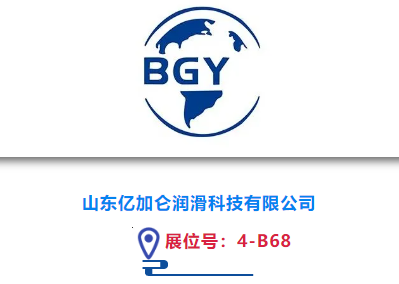ALBANY, N.Y. — The district heating and cooling market by consumption was valued at $142.7 billion in 2014 and is expected to expand at a compound annual growth rate (CAGR) of 5.8 percent to reach $243.4 billion in 2024, according to Transparency Market Research. In terms of generation, the global district heating and cooling market was valued at $9.80 billion in 2014 and is projected to reach $14.4 billion by 2024, expanding at a CAGR of 3.5 percent between 2016 and 2024. The district heating and cooling market by distribution was valued at $5.16 billion in 2014 and is anticipated to expand at a CAGR of 2.5 percent to reach $6.73 billion in 2024.
District heating (DH) systems are used to provide hot water, steam, and space heating services. District cooling (DC) systems are used to provide cold water and space cooling services. District heating and cooling systems are comprised of central plants generating thermal (heat and cooling) energy. The thermal energy generated in central plants is delivered to end-users through a pipe distribution network.
On the basis of consumption, district heating is the dominant segment, which accounted for 92.6 percent market share in terms of energy sales revenue in 2014. In terms of energy sales volume, district heating was the leading segment with 93.7 percent market share in 2014. Increasing sales of heat energy through DH and decreasing cost per Tera joule of heat by DH systems are some of the factors that are expected to augment heat sales revenue. Increasing awareness about DC technology, number of DC systems, and capacity per DC system are some of the factors likely to impact cooling energy sales volume through DC systems.
On the basis of generation, the district heating and cooling market is segmented into district heating (boilers) and district cooling (chillers). Boilers dominated the global district heating and cooling generation market with 98.5 percent share. Decreasing share of boilers in DH generation, falling prices of boilers, and increasing share of backup boilers in DH generation are some of the factors likely to impact revenue of boilers in DH systems. Increasing number of DC systems, increasing capacity of each DC system, share of absorption and electric chillers in DC generation, and competitive prices of absorption and electric chillers are some of the factors which are expected to affect revenue of chillers in DC systems.
On the basis of distribution, the district heating and cooling market is segmented into district heating (pipes, pressure pumps, and valves) and district cooling (pipes, pressure pumps, and valves). Pipes accounted for the largest share in terms of revenue with 65.3 percent market share in 2014. Pressure pumps accounted for 33.3 percent market share and valves accounted for 1.4 percent market share in 2014. Constant expansion of pipeline infrastructure, falling prices of pipes, and increasing share of pipes under renovation in DHC distribution are some of the factors likely to impact revenue of pipes in DHC systems. Increasing number of DHC systems, increasing capacity of each DH and DC system, increasing length of distribution infrastructure, and predefined targets for 2020 are some of the factors that are expected to affect revenue of pressure pumps in DHC systems. Increasing number of customers served by each DH and DC system, increasing number of substations, and increasing length of pipeline of each DHC system are some of the factors that are expected to affect revenue of valves in DHC systems. The total district heating distribution segment (pipes, pressure pumps, and valves) accounted for 97.1 percent market share, whereas the total district cooling distribution segment (pipes, pressure pumps, and valves) accounted for 2.9 percent market share in 2014.






















